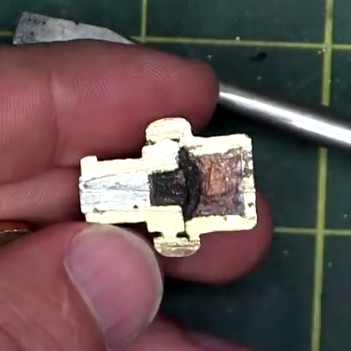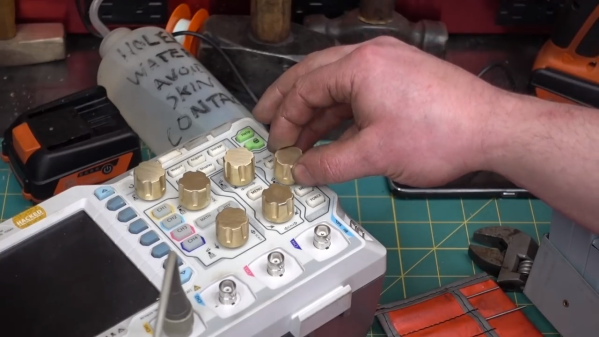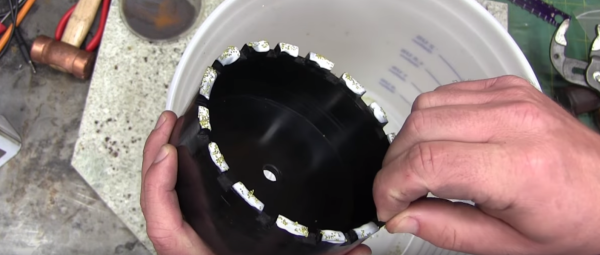[AvE] noticed someone was having trouble with their Nepeploid Shilden Inversker, and after a sinusoidal lambda deplanarization test, noticed the dinglebop wouldn’t pass through the grumbo. [AvE] is probably just some guy who wears overalls to bed, but he does know a polyfractal magnetorestrictor when he sees one. To wit, he has a novel application of Eularian magnetronics resulting in a friction factor over unity. Game changing stuff here, from the guy who brought you the beer stein made out of an oil filter.
It was soft launched at the Midwest RepRap Festival this year, and now Lulzbot’s TAZ 6 is finally out. The biggest new feature? The electronics ‘brain box’ holds everything, including the power supply. This tower of brain box makes the Taz 6 harder to build from source, but there are unconfirmed reports that Lulzbot may sell this brainbox separately.
Boldport, and founder [Saar Drimer] are the cream of the crop when it comes to artistic PCBs. Boldport’s catalog and [Saar]’s portfolio include a tribute to [Bob Pease], a beautiful board with multicolor solder masks, and an emergency business card. Now Boldport is doing a beautiful PCB of the month club. It’s called Boldport Club, and each three-month membership gets you three months of pretty PCBs. The shop will also stop taking orders for the Boldport club 25 hours after this post goes live. If you missed the boat on the club, you can still get in on the pretty PCB action – we have the Boldport cordwood puzzle available in the Hackaday store.
The Apple IIgs was the last gasp of the Apple II before that platform was phased out for the Macintosh. Despite being mostly forgotten, except for thousands of units in middle school computer labs until the 2000s, it was a very interesting machine, with a wavetable synth, real multitasking, a GUI, and very high resolution graphics. After 30-odd years the IIgs now has quadraphonic sound. The 4soniq card was introduced at the WOzFest III conference last month, and it will give an Apple IIgs with four channels of audio output.
There’s a lot of stuff happening next weekend, and Hackaday is going to be there. If you’re at the Maker Faire Bay Area, Hackaday is taking over a pub. It’s on Saturday night, so it doesn’t conflict with the bring-a-hack at an undisclosed location on Sunday night. Me? I’m going to hamvention, mostly for the purposes of documenting the two parking lots full of swap meet. Find me and I’ll get you some Hackaday swag.


















